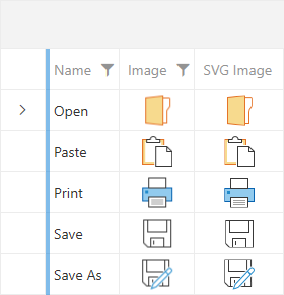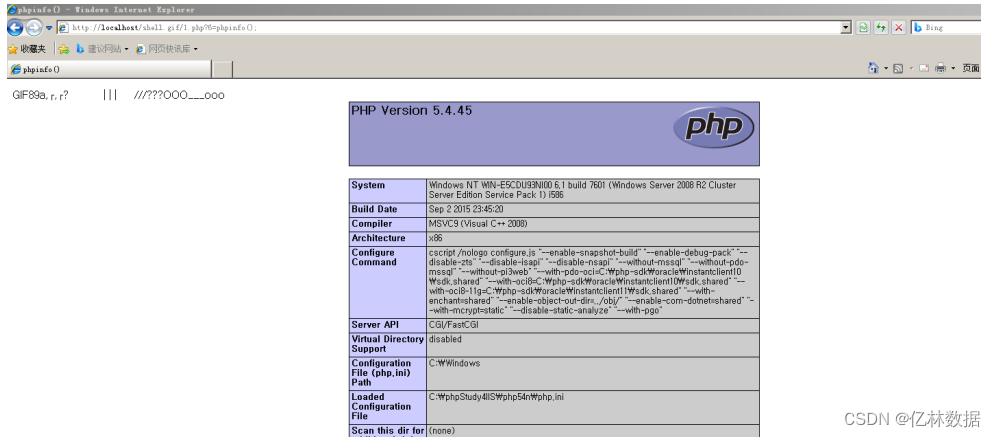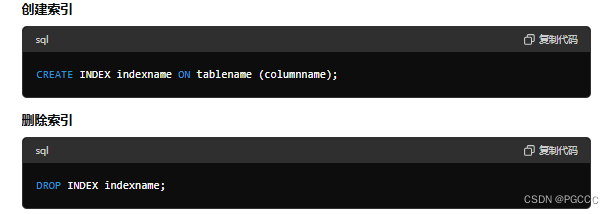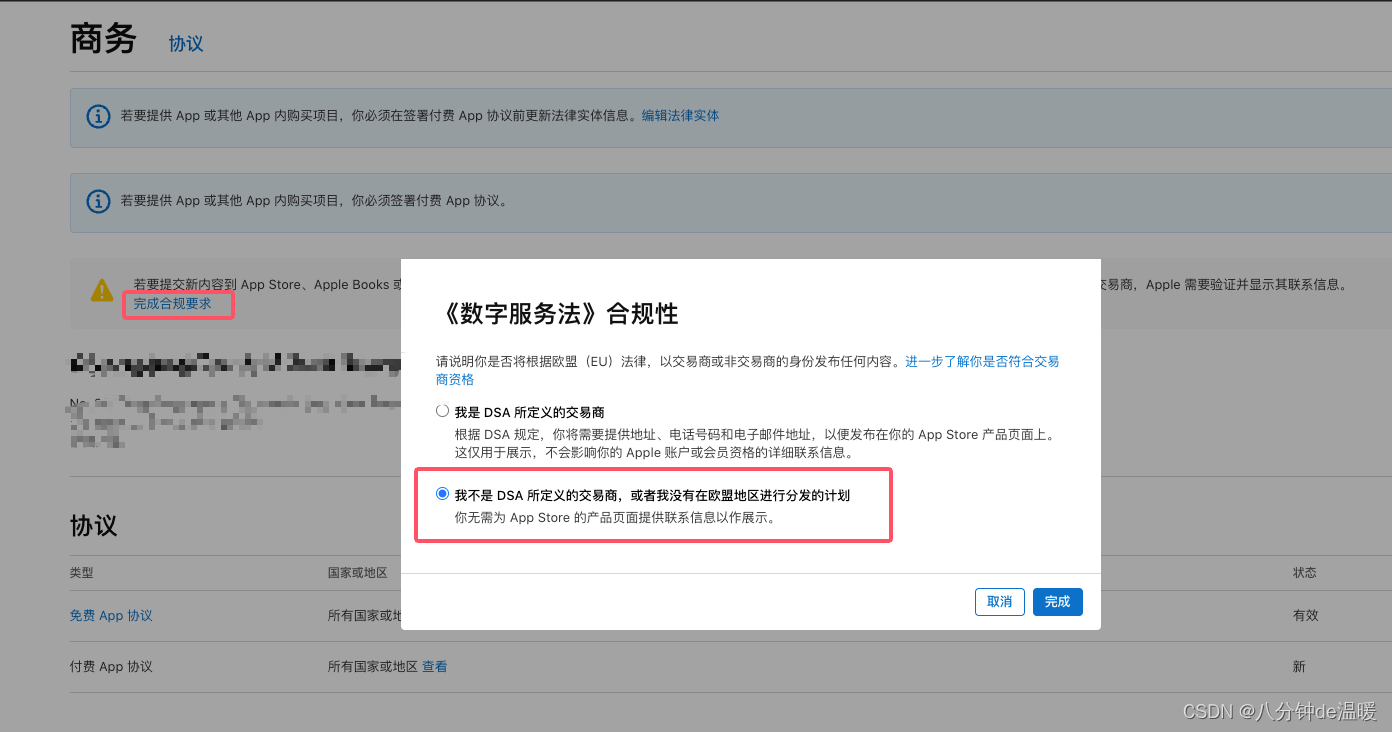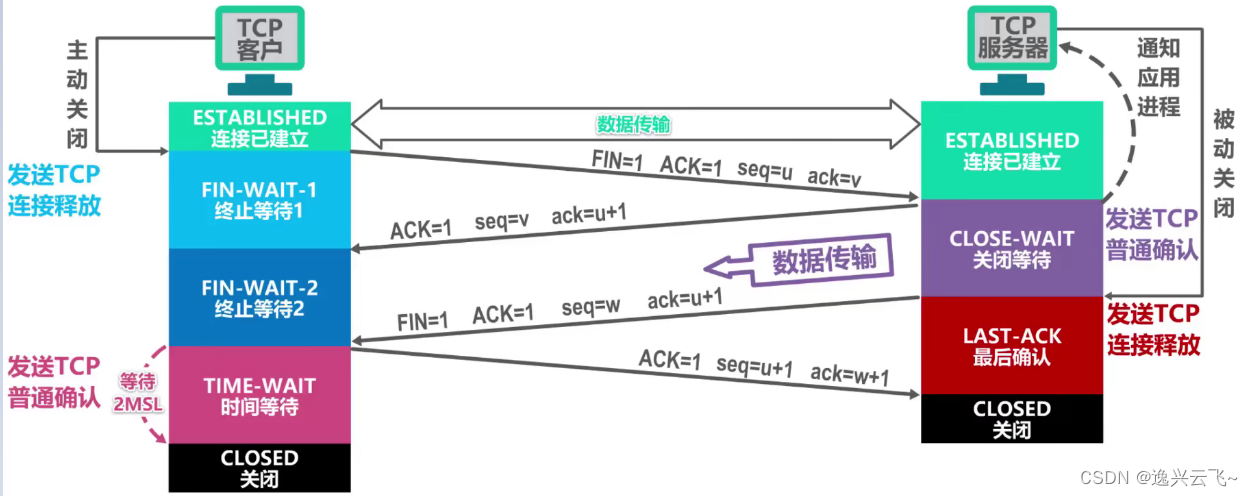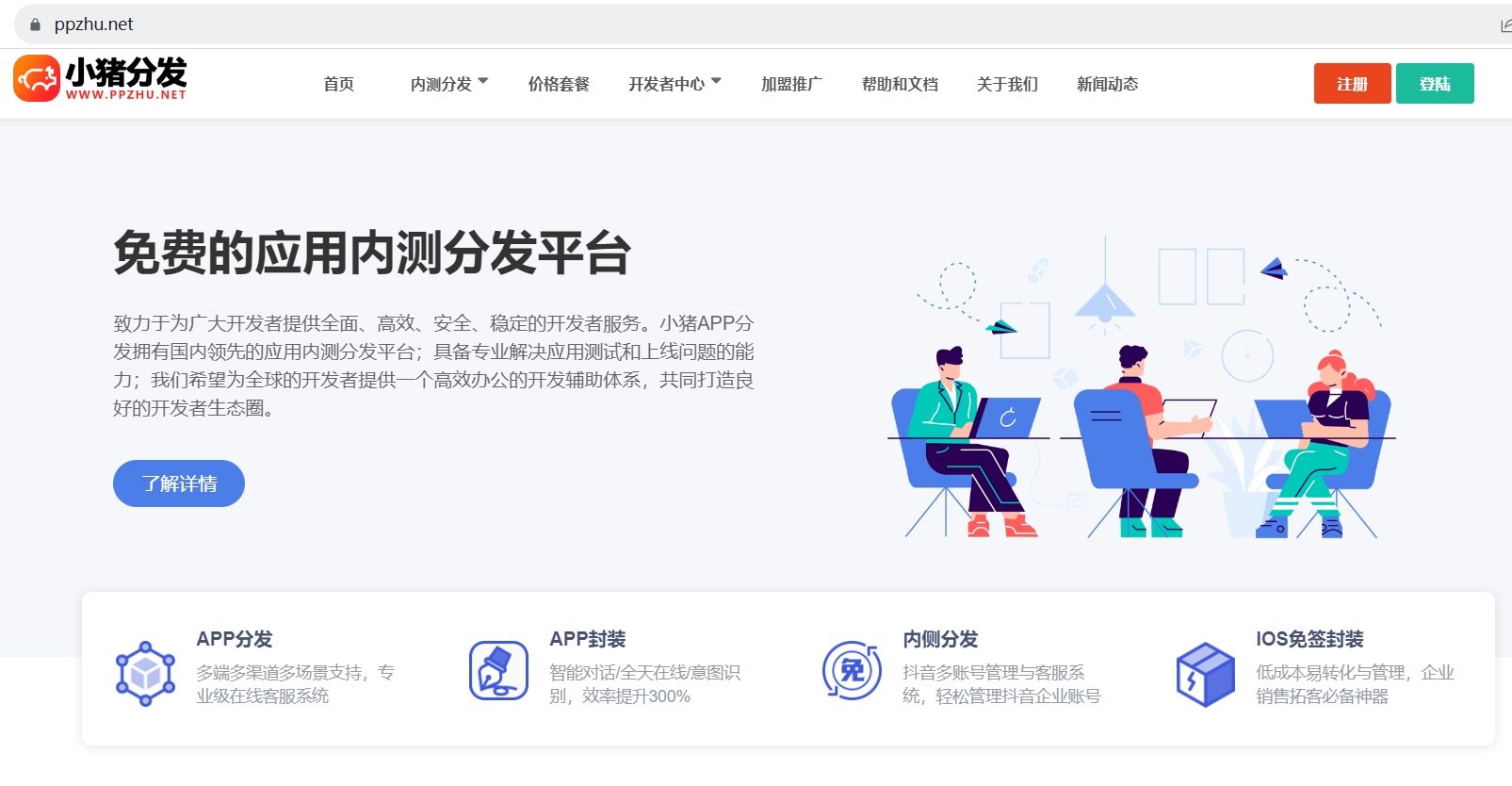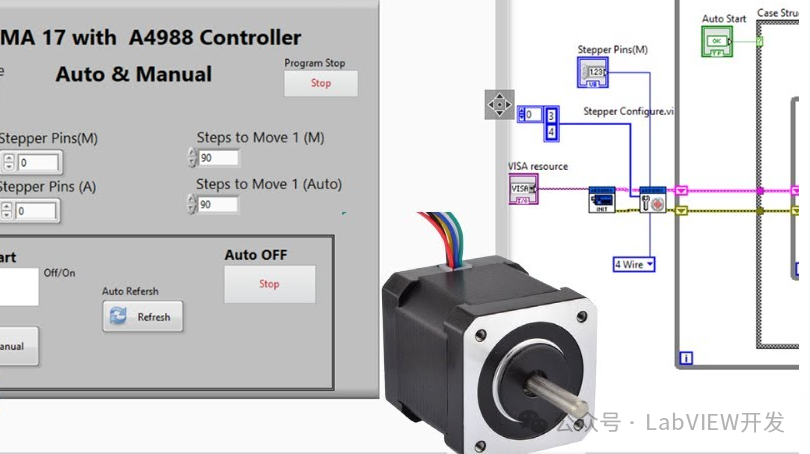EventBus
简介
EventBus:github
EventBus是Android和Java的发布/订阅事件总线。
- 简化组件之间的通信
-
解耦事件发送者和接收者
-
在 Activities, Fragments, background threads中表现良好
-
避免复杂且容易出错的依赖关系和生命周期问题
-
Publisher使用post发出一个Event事件,Subscriber在onEvent()函数中接收事件。
EventBus 是一款在 Android 开发中使用的发布/订阅事件总线框架,基于观察者模式,将事件的接收者和发送者分开,简化了组件之间的通信,使用简单、效率高、体积小!下边是官方的 EventBus 原理图:
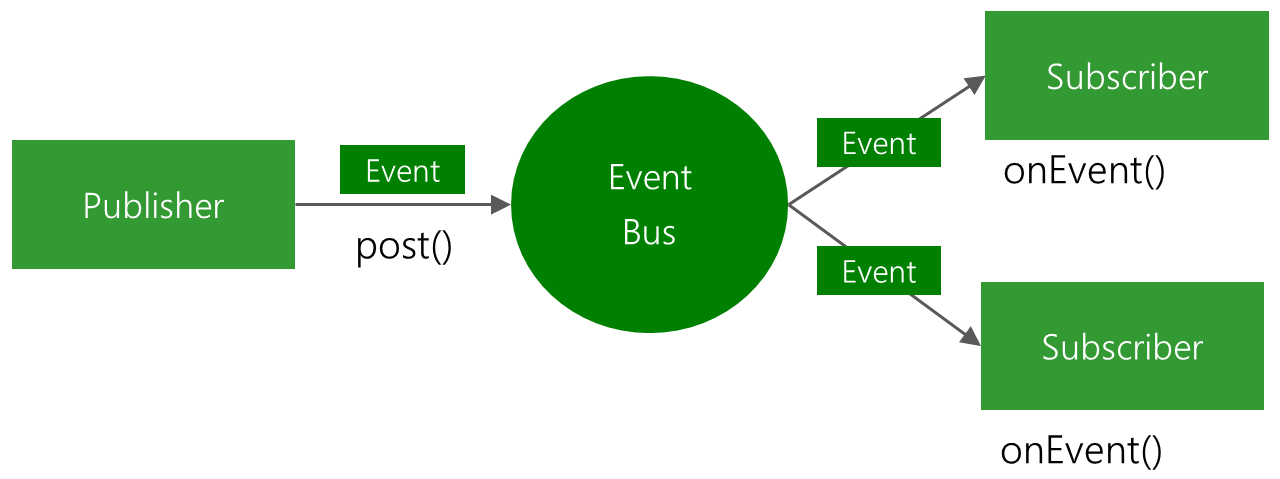
导入
Android Projects:
implementation("org.greenrobot:eventbus:3.2.0")
Java Projects:
implementation("org.greenrobot:eventbus-java:3.2.0")
<dependency>
<groupId>org.greenrobot</groupId>
<artifactId>eventbus-java</artifactId>
<version>3.2.0</version>
</dependency>
配置
配置混淆文件
-keepattributes *Annotation*
-keepclassmembers class * {
@org.greenrobot.eventbus.Subscribe <methods>;
}
-keep enum org.greenrobot.eventbus.ThreadMode { *; }
# If using AsyncExecutord, keep required constructor of default event used.
# Adjust the class name if a custom failure event type is used.
-keepclassmembers class org.greenrobot.eventbus.util.ThrowableFailureEvent {
<init>(java.lang.Throwable);
}
# Accessed via reflection, avoid renaming or removal
-keep class org.greenrobot.eventbus.android.AndroidComponentsImpl
使用
简单流程
- 创建事件类
public static class MessageEvent { /* Additional fields if needed */ }
- 在需要订阅事件的地方,声明订阅方法并注册EventBus。
@Subscribe(threadMode = ThreadMode.MAIN)
public void onMessageEvent(MessageEvent event) {
// Do something
}
public class EventBusActivity extends AppCompatActivity {
@Override
protected void onCreate(@Nullable Bundle savedInstanceState) {
super.onCreate(savedInstanceState);
}
@Override
protected void onStart() {
super.onStart();
//注册EventBus
EventBus.getDefault().register(this);
}
//接收事件
@Subscribe(threadMode = ThreadMode.POSTING, sticky = true, priority = 1)
public void onReceiveMsg(MessageEvent message){
Log.e("EventBus_Subscriber", "onReceiveMsg_POSTING: " + message.toString());
}
//接收事件
@Subscribe(threadMode = ThreadMode.MAIN, sticky = true, priority = 1)
public void onReceiveMsg1(MessageEvent message){
Log.e("EventBus_Subscriber", "onReceiveMsg_MAIN: " + message.toString());
}
//接收事件
@Subscribe(threadMode = ThreadMode.MAIN_ORDERED, sticky = true, priority = 1)
public void onReceiveMsg2(MessageEvent message){
Log.e("EventBus_Subscriber", "onReceiveMsg_MAIN_ORDERED: " + message.toString());
}
@Override
protected void onDestroy() {
super.onDestroy();
//取消事件
EventBus.getDefault().unregister(this);
}
}
- 提交订阅事件
@OnClick(R2.id.send_event_common)
public void clickCommon(){
MessageEvent message = new MessageEvent(1, "这是一条普通事件");
EventBus.getDefault().post(message);
}
@OnClick(R2.id.send_event_sticky)
public void clickSticky(){
MessageEvent message = new MessageEvent(1, "这是一条黏性事件");
EventBus.getDefault().postSticky(message);
}
Subcribe注解
Subscribe是EventBus自定义的注解,共有三个参数(可选):threadMode、boolean sticky、int priority。 完整的写法如下:
@Subscribe(threadMode = ThreadMode.MAIN,sticky = true,priority = 1)
public void onReceiveMsg(MessageEvent message) {
Log.e(TAG, "onReceiveMsg: " + message.toString());
}
priority
priority是优先级,是一个int类型,默认值为0。值越大,优先级越高,越优先接收到事件。
值得注意的是,只有在post事件和事件接收处理,处于同一个线程环境的时候,才有意义。
sticky
sticky是一个boolean类型,默认值为false,默认不开启黏性sticky特性,那么什么是sticky特性呢?
上面的例子都是对订阅者 (接收事件) 先进行注册,然后在进行post事件。
那么sticky的作用就是:订阅者可以先不进行注册,如果post事件已经发出,再注册订阅者,同样可以接收到事件,并进行处理。
ThreadMode 模式
POSITING:订阅者将在发布事件的同一线程中被直接调用。这是默认值。事件交付意味着最少的开销,因为它完全避免了线程切换。因此,对于已知可以在很短时间内完成而不需要主线程的简单任务,推荐使用这种模式。使用此模式的事件处理程序必须快速返回,以避免阻塞发布线程(可能是主线程)。
MAIN:在Android上,订阅者将在Android的主线程(UI线程)中被调用。如果发布线程是主线程,将直接调用订阅者方法,阻塞发布线程。否则,事件将排队等待交付(非阻塞)。使用此模式的订阅者必须快速返回以避免阻塞主线程。如果不是在Android上,行为与POSITING相同。
MAIN_ORDERED:在Android上,订阅者将在Android的主线程(UI线程)中被调用。与MAIN不同的是,事件将始终排队等待交付。这确保了post调用是非阻塞的。
BACKGROUND:在Android上,订阅者将在后台线程中被调用。如果发布线程不是主线程,订阅者方法将在发布线程中直接调用。如果发布线程是主线程,EventBus使用一个后台线程,它将按顺序传递所有事件。使用此模式的订阅者应尽量快速返回,以避免阻塞后台线程。如果不是在Android上,总是使用一个后台线程。
ASYNC:订阅服务器将在单独的线程中调用。这始终独立于发布线程和主线程。使用此模式发布事件从不等待订阅者方法。如果订阅者方法的执行可能需要一些时间,例如网络访问,则应该使用此模式。避免同时触发大量长时间运行的异步订阅者方法,以限制并发线程的数量。EventBus使用线程池来有效地重用已完成的异步订阅者通知中的线程。
/**
* Each subscriber method has a thread mode, which determines in which thread the method is to be called by EventBus.
* EventBus takes care of threading independently from the posting thread.
*
* @see EventBus#register(Object)
* @author Markus
*/
public enum ThreadMode {
/**
* Subscriber will be called directly in the same thread, which is posting the event. This is the default. Event delivery
* implies the least overhead because it avoids thread switching completely. Thus this is the recommended mode for
* simple tasks that are known to complete in a very short time without requiring the main thread. Event handlers
* using this mode must return quickly to avoid blocking the posting thread, which may be the main thread.
*/
POSTING,
/**
* On Android, subscriber will be called in Android's main thread (UI thread). If the posting thread is
* the main thread, subscriber methods will be called directly, blocking the posting thread. Otherwise the event
* is queued for delivery (non-blocking). Subscribers using this mode must return quickly to avoid blocking the main thread.
* If not on Android, behaves the same as {@link #POSTING}.
*/
MAIN,
/**
* On Android, subscriber will be called in Android's main thread (UI thread). Different from {@link #MAIN},
* the event will always be queued for delivery. This ensures that the post call is non-blocking.
*/
MAIN_ORDERED,
/**
* On Android, subscriber will be called in a background thread. If posting thread is not the main thread, subscriber methods
* will be called directly in the posting thread. If the posting thread is the main thread, EventBus uses a single
* background thread, that will deliver all its events sequentially. Subscribers using this mode should try to
* return quickly to avoid blocking the background thread. If not on Android, always uses a background thread.
*/
BACKGROUND,
/**
* Subscriber will be called in a separate thread. This is always independent from the posting thread and the
* main thread. Posting events never wait for subscriber methods using this mode. Subscriber methods should
* use this mode if their execution might take some time, e.g. for network access. Avoid triggering a large number
* of long running asynchronous subscriber methods at the same time to limit the number of concurrent threads. EventBus
* uses a thread pool to efficiently reuse threads from completed asynchronous subscriber notifications.
*/
ASYNC
}
相关文档
- EventBus详解 (详解 + 原理)
- 三幅图弄懂EventBus核心原理
